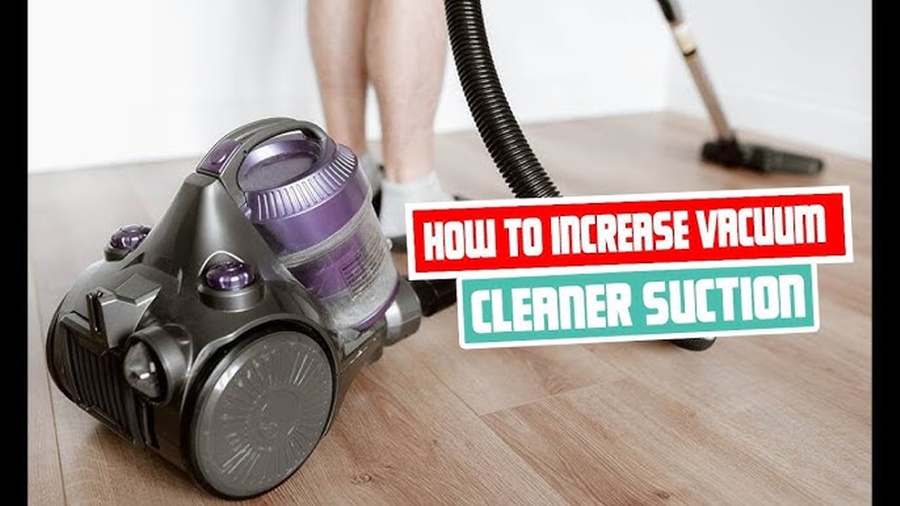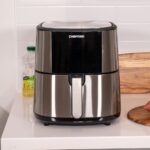Maintaining optimal vacuum suction power is critical for ensuring deep cleaning, efficient dirt removal, and prolonged appliance lifespan. Weak suction not only leads to subpar cleaning performance but can also result in costly repairs or replacement. Below, we dive deep into effective, practical, and technical strategies to increase your vacuum suction power, whether you’re using an upright, canister, handheld, or robot vacuum.
Regular Maintenance: The Foundation of Strong Suction
Clean or Replace Filters Frequently
One of the primary causes of suction loss is clogged or dirty filters. Most vacuums have multiple filters: a pre-motor filter and a HEPA (High-Efficiency Particulate Air) filter.
- Wash foam filters every 1–3 months (depending on usage).
- Replace HEPA filters every 6–12 months.
- Let washable filters dry completely before reinserting.
Tip: If your vacuum has a washable HEPA filter, avoid using detergents—just rinse under lukewarm water.
Empty the Dustbin or Replace the Bag
A full dustbin or bag restricts airflow, drastically reducing suction power.
- Empty the dustbin after every use if it’s bagless.
- Replace the vacuum bag once it’s 2/3 full, not completely packed.
- Use genuine brand-name bags, as off-brand options often have poor airflow design.
Inspect and Unclog the Hose and Air Pathways
Check for Blockages
Suction power heavily depends on unobstructed airflow. Hoses, wand tubes, and air passages often get clogged with hair, socks, paper, or pet fur.
- Detach the hose and run a broomstick through it to dislodge blockages.
- Shine a flashlight through both ends—if you can’t see light, you have a clog.
- Also inspect intake ports and attachments.
Seal Leaks in the Hose
Cracks or holes in the hose reduce suction by allowing air to escape.
- Inspect the hose for small punctures or splits.
- Use duct tape or replace the hose if needed.
- Ensure the hose connectors lock tightly into place.
Brush Roll Maintenance and Motorized Head Care
Clean the Brush Roll Regularly
Hair and thread wrapped around the brush roll create resistance, reducing suction and cleaning power.
- Remove the roller and cut away tangled debris with scissors.
- Check for broken or worn bristles; replace the roll if needed.
Ensure the Roller Spins Freely
If the roller doesn’t spin freely, suction is wasted.
- Lubricate the roller bearings if accessible.
- Remove obstructions from axles and side caps.
Optimize the Motor and Internal Components
Inspect the Vacuum Motor for Damage
Over time, motors can accumulate carbon dust, which interferes with performance.
- Clean motor housing and vents using compressed air.
- If motor performance is weak or noisy, consider professional servicing or replacement.
Upgrade to a Higher Performance Motor (Advanced Users)
If you’re technically inclined, upgrading the motor with a higher CFM (cubic feet per minute) capacity can significantly boost suction. However, ensure compatibility with your vacuum model.
Improve Airflow Dynamics for Better Suction
Use Shorter Hoses When Possible
Longer hoses increase air friction and reduce suction.
- For canister vacuums, use the shortest extension necessary.
- Avoid unnecessary attachments when suction strength is needed.
Check Seals and Gaskets
Loose seals around the dustbin, bag compartment, or hose joints can cause suction loss.
- Inspect and replace foam gaskets or rubber seals if they appear worn or loose.
Power Settings and Suction Modes Matter
Always Use Max Suction Mode
Some modern vacuums offer variable suction settings.
- Ensure the vacuum is set to its highest power mode, especially for carpets and deep cleaning.
- Turn off eco or quiet modes when maximum suction is required.
Adjust Height Settings for Floor Type
Improper height settings can create a gap between the nozzle and the surface.
- For carpets, lower the nozzle to make contact with the pile.
- For hard floors, a slightly higher setting ensures debris is pulled in rather than pushed.
Smart Tips for Maintaining Suction Over Time
Avoid Vacuuming Wet Debris
Wet dirt sticks inside the hose and filter, reducing suction and potentially damaging internal components.
- Use a wet/dry vacuum specifically designed for such use.
Store Properly
Avoid wrapping the cord or hose too tightly around the vacuum, which can cause kinks or cracks in airflow components.
Let It Cool Down
If used for prolonged periods, let the vacuum cool down before restarting. Overheating can lead to motor protection shutoffs, causing temporary suction loss.
Consider Upgrading to a More Powerful Model
If your current vacuum still underperforms after applying all of the above strategies, it may be inherently underpowered.
Look for High CFM and Air Watts Ratings
- CFM (Cubic Feet per Minute): Indicates how much air the vacuum can move.
- Air Watts: Measures the vacuum’s actual cleaning performance by combining airflow and suction.
Choose models from brands known for performance:
- Dyson, Miele, Shark, Hoover, and Kirby are leaders in suction power.
DIY Vacuum Suction Test
To measure your suction after implementing improvements:
- Place your hand over the nozzle—there should be strong pull.
- Use a vacuum gauge (available online) to test in inches of water lift (inH₂O).
- A reading of 40–80 inH₂O indicates strong suction.
Use Professional Servicing Annually
If your vacuum is expensive or used commercially:
- Have it professionally serviced once a year.
- Ask technicians to test motor efficiency, replace worn seals, and run diagnostics.
Conclusion
Maintaining and boosting vacuum suction is not a one-time fix—it’s a routine process of cleaning, checking, adjusting, and upgrading. With the right approach, your vacuum can return to or even surpass its original performance level. Implement these strategies to ensure a cleaner home, fewer allergens, and longer vacuum life.








Leave a Reply